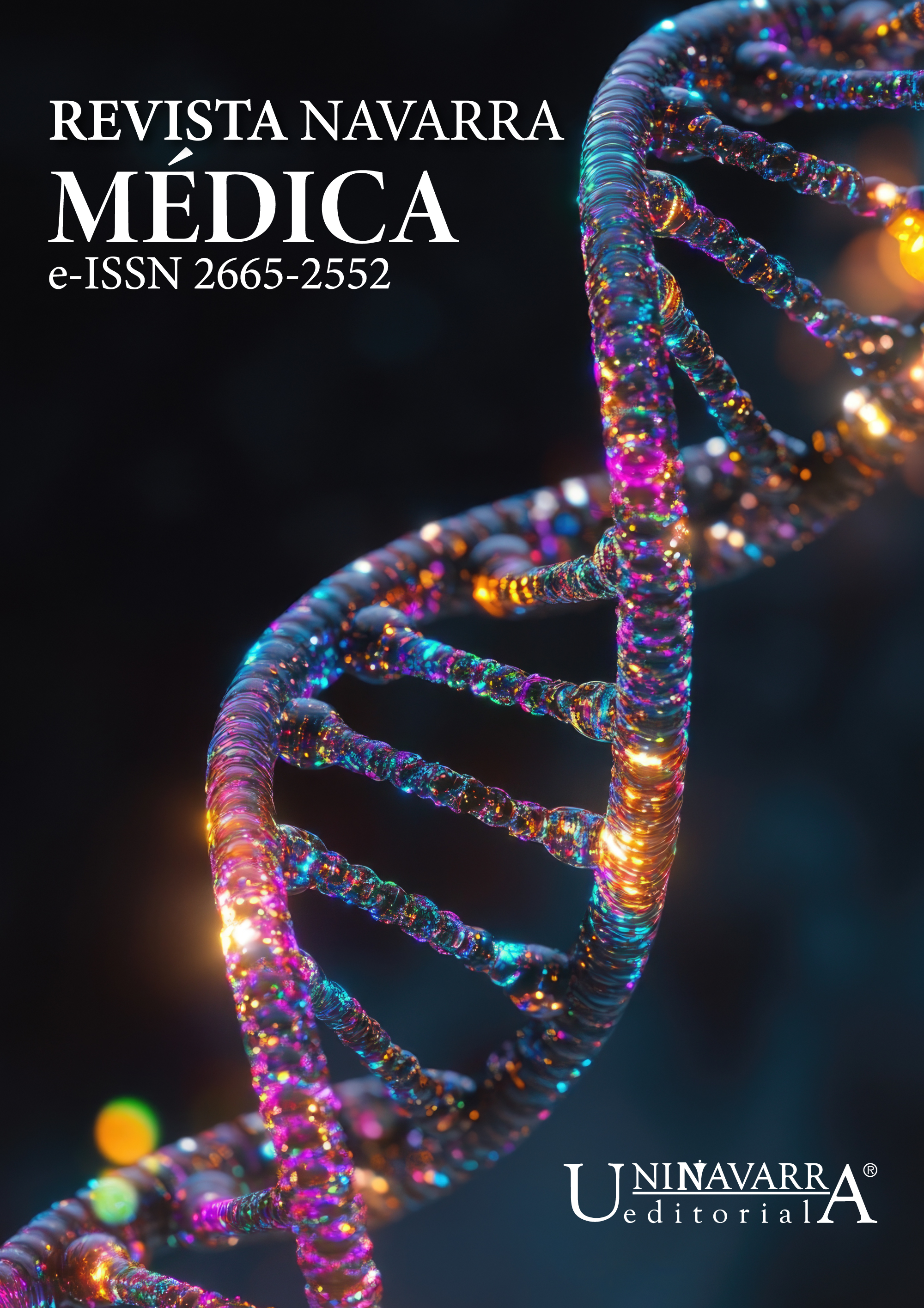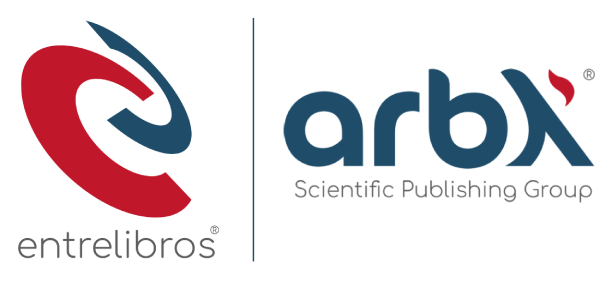Herramientas diagnósticas para el daño hepático inducido por medicamentos en insuficiencia hepática aguda: revisión sistemática y metaanálisis
DOI:
https://doi.org/10.61182/rnavmed.v11n2a5Palabras clave:
DILI, Insuficiencia hepática aguda, RUCAM score, DILIN score, NMPA scoreResumen
Objetivo: Evaluar la precisión y validez de herramientas diagnósticas para DILI en pacientes con insuficiencia hepática aguda, comparando su sensibilidad, especificidad y utilidad clínica.
Métodos: Se realizó una revisión sistemática y metaanálisis de estudios observacionales en adultos con insuficiencia hepática aguda. Se incluyeron tres estudios (563 pacientes) que emplearon las escalas RUCAM, DILIN y NMPA. Los resultados principales fueron la sensibilidad, especificidad y valores predictivos de estas herramientas.
Resultados: El sistema DILIN tuvo la mayor sensibilidad (95.1%), pero una baja especificidad (23.9%), mientras que NMPA destacó por su especificidad (99.2%) y un valor predictivo positivo de 90.7%. RUCAM mostró un balance intermedio con sensibilidad de 90.5% y especificidad de 56%. Los síntomas más comunes en DILI fueron ictericia (66%), náuseas (63%) y dolor abdominal (49%).
Conclusión: DILIN es útil para la detección temprana de DILI, aunque su baja especificidad puede generar falsos positivos. NMPA es más adecuado para confirmar diagnósticos debido a su alta especificidad. La integración de estas herramientas, junto con el desarrollo de biomarcadores específicos y algoritmos diagnósticos combinados, mejoraría la precisión diagnóstica y optimizaría el manejo de DILI en insuficiencia hepática aguda
Referencias
1 Stravitz RT, Lee WM. Acute liver failure. Lancet. 2019;394(10201):869–81. doi: https://doi.org/10.1016/S0140-6736(19)31894-X
2 Chalasani N, Younossi Z, Lavine JE, Diehl AM, Brunt EM, Cusi K, et al. The diagnosis and management of non-alcoholic fatty liver disease: Practice Guideline by the American Association for the Study of Liver Diseases, American College of Gastroenterology, and the American Gastroenterological Association. Hepatology. 2012;55(6):2005–23. doi: https://doi.org/10.1002/hep.25762
3 Fernández J, Bassegoda O, Toapanta D, Bernal W. Acute liver failure: A practical update. JHEP Rep. 2024;6(9):101131. doi: https://doi.org/10.1016/j.jhepr.2024.101131
4 Larson AM, Polson J, Fontana RJ, Davern TJ, Lalani E, Hynan LS, et al. Acetaminophen‐induced acute liver failure: results of a United States multicenter, prospective study. Hepatology. 2005;42(6):1364–72. doi: https://doi.org/10.1002/hep.20948
5 Hoofnagle JH, Björnsson ES. Drug-Induced Liver Injury — Types and Phenotypes. N Engl J Med. 2019;381:264–73. doi: https://doi.org/10.1056/NEJMra1816149
6 Shahbaz O, Mahajan S, Lewis JH. Highlights of drug - and herb- induced liver injury in the literature from 2016: how best to translate new information into clinical practice? Expert Opin Drug Metab Toxicol. 2017;13(9):935–51. https://doi.org/10.1080/17425255.2017.1362391
7 Vujkovic M, Ramdas S, Lorenz KM, Guo X, Darlay R, Cordell HJ, et al. A multiancestry genome-wide association study of unexplained chronic ALT elevation as a proxy for nonalcoholic fatty liver disease with histological and radiological validation. Nat Genet. 2022;54(6):761–71. doi: https://doi.org/10.1038/s41588-022-01078-z
8 Puri P, Lee WM, Fontana RJ, Kim NK, Durkalski V, McGuire BM, et al. Alcohol consumption is associated with the severity and outcome of acute liver injury/failure. Liver Int. 2020;40(2):360–7. doi: https://doi.org/10.1111/liv.14327
9 Higgins JP, Green S, editors. Cochrane Handbook for Systematic Reviews of Interventions. Chichester (UK):Wiley; 2008. disponible en: https://doi.org/10.1002/9780470712184
10 Grillo‐Ardila CF, Paez‐Castellanos E, Bolaños‐Palacios JC, Bautista‐Charry AA. Spatulas for operative vaginal birth: A systematic review and meta‐analysis. Int J Gynecol Obstet. 2022;156(2):197–205. doi: https://doi.org/10.1002/ijgo.13681
11 Schünemann HJ, Tugwell P, Reeves BC, Akl EA, Santesso N, Spencer FA, et al. Non‐randomized studies as a source of complementary, sequential or replacement evidence for randomized controlled trials in systematic reviews on the effects of interventions. Res Synth Methods. 2013;4(1):49–62. doi: https://doi.org/10.1002/jrsm.1078
12 Moher D, Liberati A, Tetzlaff J, Altman DG. Preferred reporting items for systematic reviews and meta-analyses: The PRISMA Statement. PLoS Med. 2009;6(7):e1000097. doi: https://doi.org/10.1371/journal.pmed.1000097
13 Ciapponi A. QUADAS-2: instrumento para la evaluación de la calidad de estudios de precisión diagnóstica. Evid. Act. Pract. Ambul. 2015;18(1):22-30. doi: https://doi.org/10.51987/evidencia.v18i1.6341
14 Benichou C, Danan G, Flahault A. Causality assessment of adverse reactions to drugs—II. An original model for validation of drug causality assessment methods: Case reports with positive rechallenge. J Clin Epidemiol. 1993;46(11):1331–6. doi: https://doi.org/10.1016/0895-4356(93)90102-7
15 Rockey DC, Seeff LB, Rochon J, Freston J, Chalasani N, Bonacini M, et al. Causality assessment in drug-Induced liver injury using a structured expert opinion process: comparison to the Roussel-Uclaf causality assessment method. Hepatology. 2010;51(6):2117–26. doi: https://doi.org/10.1002/hep.23577
16 Yang H, Guo D, Xu Y, Zhu M, Yao C, Chen C, et al. Comparison of different liver test thresholds for drug-induced liver injury: updated RUCAM versus other methods. Front Pharmacol. 2019;10:816. doi: https://doi.org/10.3389/fphar.2019.00816
17 Ciapponi A. QUADAS-2 : instrumento para la evaluación de la calidad de estudios de precisión diagnóstica. Evid Act Pract Ambul. 2015;18(1):22-6. DOI: https://doi.org/10.51987/evidencia.v18i1.6341
18 Ardila-Suárez OM, Oriz-Benjumea L, Arteta AA, Guevara-Casallas LG. Daño hepático inducido por medicamentos: relación entre el índice R y la histopatología. Rev Gastroenterol Mex. 2023;88(1):19–27. do: https://doi.org/10.1016/j.rgmx.2021.03.008
19 Garcia-Cortes M, Robles-Diaz M, Stephens C, Ortega-Alonso A, Lucena MI, Andrade RJ. Drug induced liver injury: an update. Arch Toxicol. 2020;94(10):3381–3407. doi: https://doi.org/10.1007/s00204-020-02885-1
20 Tillmann HL, Suzuki A, Barnhart HX, Serrano J, Rockey DC. Tools for causality assessment in drug-induced liver disease. Curr Opin Gastroenterol. 2019;35(3):183–90. doi: https://doi.org/10.1097/MOG.0000000000000526
21 Björnsson HK, Björnsson ES. Drug-induced liver injury: Pathogenesis, epidemiology, clinical features, and practical management. Eur J Intern Med. 2022;97:26–31. doi: https://doi.org/10.1016/j.ejim.2021.10.035
22 Hosack T, Damry D, Biswas S. Drug-induced liver injury: a comprehensive review. Therap Adv Gastroenterol. 2023;16:17562848231163410. doi: https://doi.org/10.1177/17562848231163410
23 Lasagna A, Sacchi P. The ABC of Immune-mediated hepatitis during immunotherapy in patients with cancer: from pathogenesis to multidisciplinary management. cancers (Basel). 2024;16(4):795. doi: https://doi.org/10.3390/cancers16040795
24 Leise MD, Poterucha JJ, Talwalkar JA. Drug-induced liver injury. Mayo Clin Proc. 2014;89(1):95–106. doi: https://doi.org/10.1016/j.mayocp.2013.09.016
25 García‐Cortés M, Matilla‐Cabello G, Lucena MI. Methods for causality assessment of idiosyncratic drug‐induced liver injury. Liver Int. 2025;45(3):e16083. doi: https://doi.org/10.1111/liv.16083
Descargas
Publicado
Número
Sección
Licencia
Derechos de autor 2025 Carlos Hernán Calderón-Franco, Óscar Iván Cujiño-Ibarra, Arlen Mauricio Marquez-Galindo, Natalia Fernanda Calderón-Lopez, Diego Mauricio Aponte-Martín

Esta obra está bajo una licencia internacional Creative Commons Atribución-NoComercial 4.0.









